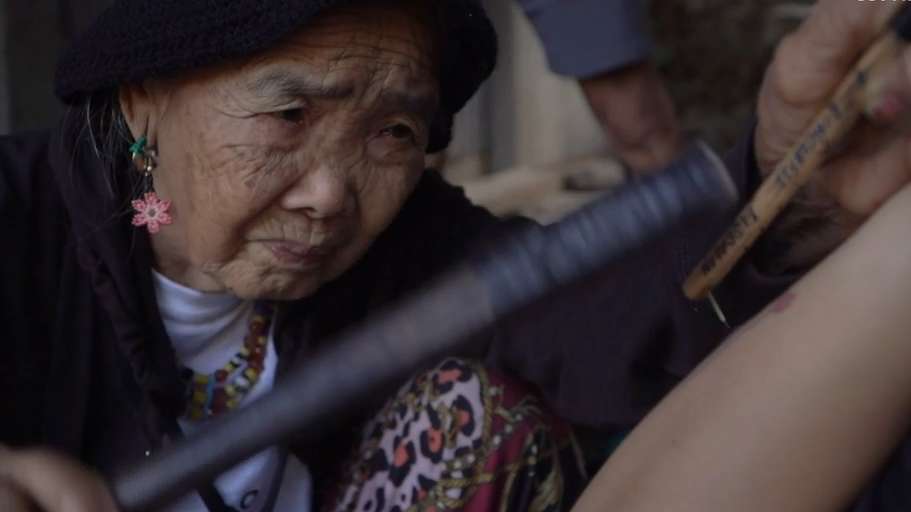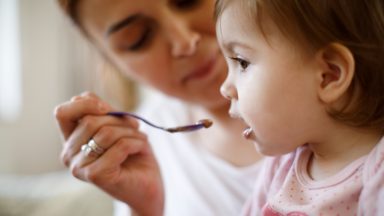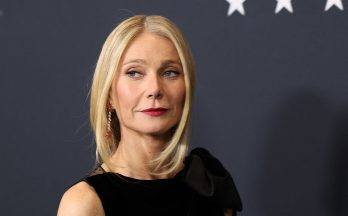Whang-Od has been carrying out hand-tapping tattoos for over nine decades and has now become the oldest person to feature as a Vogue cover star. Debi Edward reports
I have been wanting to make the journey to Whang-od’s village for several years. The pandemic interfered my wish to film with her before she dies and this year, when our travel in and out of China resumed, it was one of the first places on my list to visit.
I say, ‘’before she dies’’ because Whang-od is 106-years-old. When I first learned of her, she had just turned 100. She is the last tribal tattooist of her generation in the Philippines and thought to be the world’s oldest female tattoo artist.
It was entirely unexpected, and fortuitous, that she appeared on the front cover of the fashion magazine Vogue in April, piquing the interest of our editors and getting the permission I needed to set off to Manila. She is the oldest person to have graced the famous front cover.
Because of her age and the attention she has attracted to her village, there is a procedure to go through before film crews like ours can visit. We had to get the go-ahead from the local and regional authorities and of course from Whang-od and her family, who are protective of her and her exposure.
We got the green light to visit in May, just before the rainy season was due to hit. And we ended up in a race against time, as the first super Typhoon of the season threatened to make landfall during our stay.
It is easier to get to Buscalan these days, we did end up driving the whole way back to Manila (due to the aforementioned typhoon) which is a 16-hour drive, but to get there we were able to fly to a regional airport in the North called Tuguegarao and drive six hours to the drop off point for the village. It is accessible only by foot, an hour-long trek, down, then up the other side of a valley. Thankfully they have recently installed zip-wires, so our luggage and camera equipment were hoisted across while we embarked on the hike.

We caught sight of Whang-od almost immediately as we were led through the village to our hosts. She was sitting on a low stool with a crowd in front of her, tapping her signature three dots into one of her final customers of the day. Her tattoo ‘parlour’ sits a short flight of stone stairs down from the main path. It’s like a small concrete arena, where Whang-od despite her diminutive appearance commands the space, and everyone’s attention.
We were told we will get to meet her in the morning, we must first be introduced to her grandniece Grace who has not only been entrusted with the family trade but, protecting Whang-od from exploitation and too much media intrusion.
We were well received and the next morning we were introduced to Whang-od by Grace and her cousin Elyang. They are the two grandnieces Whang-od has selected to be the next generation of tribal tattooists. Custom dictates the tradition can only be passed on down bloodlines.
I find her to be remarkably energetic and alert, with a playful humour and infectious laugh. There is a spiritual, almost mythical aura to her that has us captivated when she talks, even though we can’t understand her language. She only speaks in the local Butbut dialect, so we have to conduct a three-way translation from Butbut into Tagalog then into English.
We asked her to show us her own tattoos and her body could be described as a piece of art. It tells the story of her life, work, and even some former romances. In one of our conversations, she lamented the fact she had never married and had children but spoke with a twinkle in her eye about some of the memorable suitors she’d had. Her family, or theirs, had apparently disapproved of the pairings.
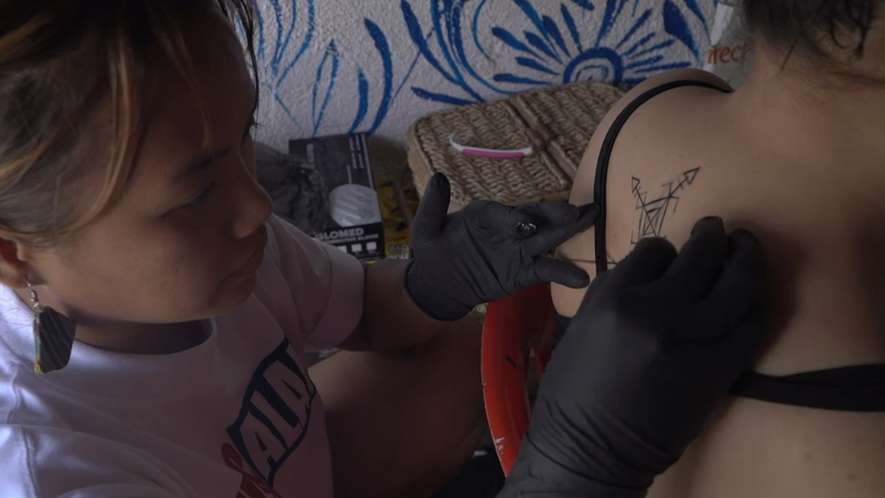
When Whang-od was born early last century, tattooing was widespread. One of eight siblings, she was chosen by her father to inherit the family practice and continue this rare style of hand-tapped tattoo. Traditionally tattoos were earned for bravery by the indigenous warriors, and for women they were considered beautification. But over the decades, modernisation and changing attitudes have made it an endangered tradition in the Philippines.
With Whang-od’s eyesight failing it is only Grace and Elyang who now do the bigger pieces. That’s why a few years ago, they came up with the idea of the three dots, a simple design that would allow Whang-od to keep tattooing. The three dots representing the three women.
The family has tried to preserve all aspects of the tattooing process. The thorns that are used instead of needles, are plucked from a lemon tree, and several villagers earn money by selling them in crafted sticks to visitors.
At one point Whang-od’s younger brother arrived with some tourists, he’s working as a tour guide, like many others, making a living from the fame his sister has brought to the area.
There are shops in the village selling T-shirts with her face on them, and even the local coffee has been branded.
But although she is a millionaire, by local standards, Whang-od is still living in the house where she was born, not wanting to leave the house her father left her. When I visited her there one morning, she was sipping her coffee from a mug with her image on it and laughed saying ‘’my photos are everywhere!” when I pointed it out.
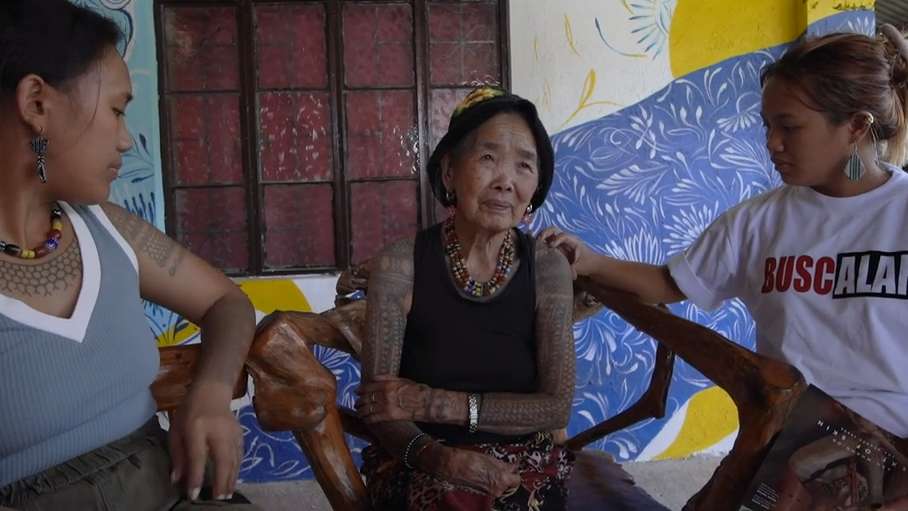
I went to Buscalan uncertain of whether I would get a tattoo or not, I don’t have any and wasn’t sure about getting one, not least because the tapping method looked quite painful. Almost as soon as I arrived, I was so charmed by the surroundings and the woman herself that I soon found myself sitting in front of her getting the three dots. I’d decided to get them on the side of my hand – it stung quite a bit as she tapped the ink in along edge of the bone, and I was very glad there are only three dots.
The piece to camera we filmed while I was in the hot seat shows how nervous I was, and I even had a warning on my watch that my heartrate was unusually high!
While we were there, all day Whang-od’s little arena was filled with people from all over the world, who made a pilgrimage to get the three dots tattoo from her. She has been able to pass on her skills, but without her star quality, I wondered if the people will still come.
It was a question I put to her grandniece Grace. She recognised that Whang-od is the face of the tradition, without her the village and the custom wouldn’t be so well known, but having been chosen to inherit the skills, she told me she feels ready to continue what has become a local industry.
Her family believe Whang-od could have another 10 years to live, and as we watched her work from dawn to dusk, she didn’t appear to be slowing down.
In our interview, I told her she was probably the hardest working centenarian in the world, to which she replied, as long as she’s healthy enough and has her eyesight, she’ll continue and hopes the young ones will do so too.
And with that, she was off, back through the village to crowds waiting for her afternoon shift to start. It was a privilege to meet her, a woman who has shown an inspiring dedication to the preservation of her craft, and her community.
Watch the full report on On Assignment (ITV1, 10.45pm)
Follow STV News on WhatsApp
Scan the QR code on your mobile device for all the latest news from around the country


